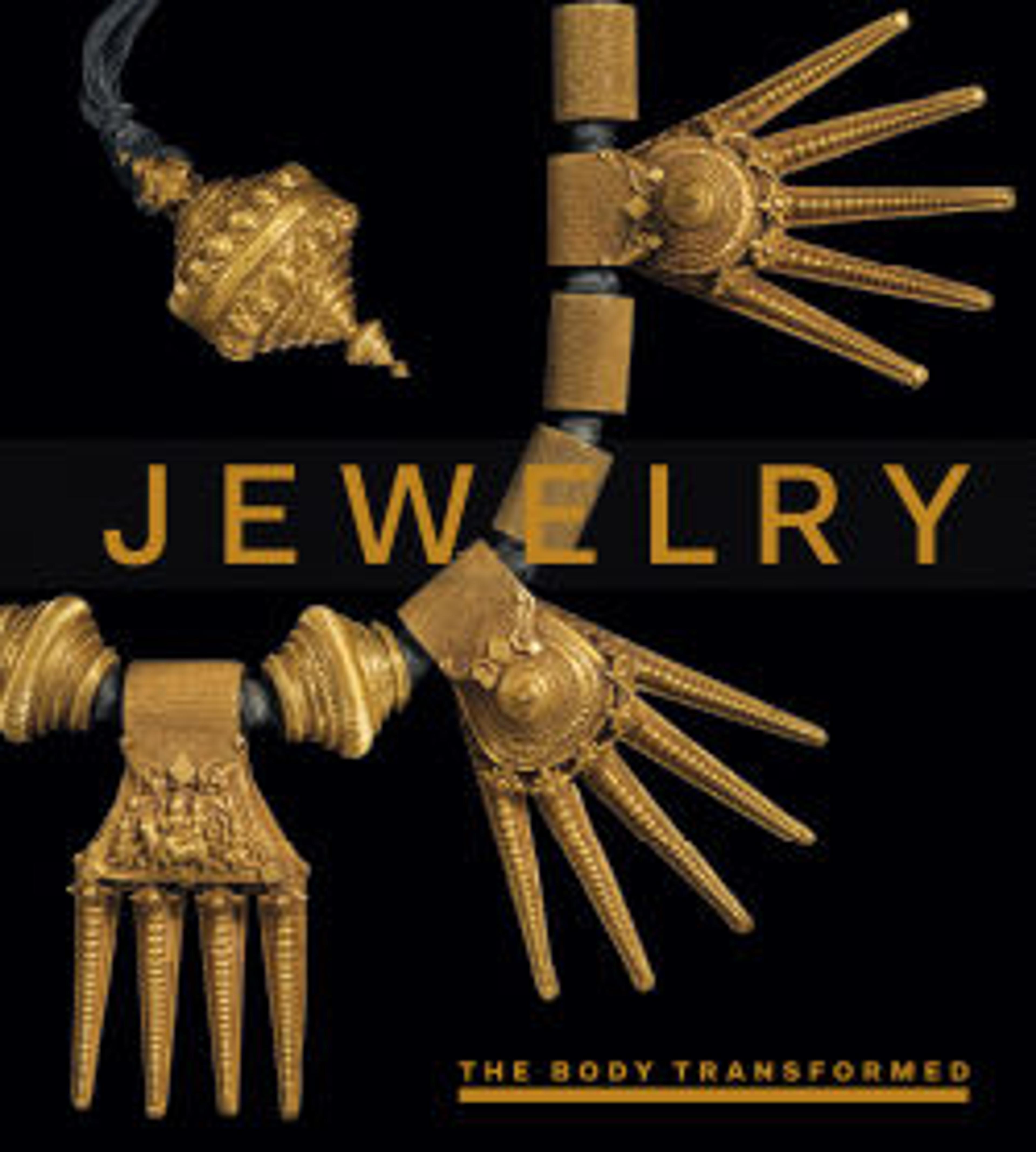Necklace
Pictorial representations and literary accounts of jewelry from the Mughal era abound, for the wearing and appreciation of jewels and gems was considered an art in itself. The memoirs of Jahangir, for instance, record his decisions to wear certain pearls or rubies for important occasions, but the practice was not limited to royalty alone—travelers to India noted the quantity of jewelry worn by all members of society. Because very few of these pieces survive, most seventeenth-century jewelry is known only from paintings and written descriptions; extant pieces from the eighteenth and nineteenth centuries are much more numerous. This particular necklace, composed of diamonds, rubies, pearls, and imitation emeralds set in gold, might represent work for a new class of patrons, the British in India.
Artwork Details
- Title: Necklace
- Date: 18th–19th century
- Geography: Attributed to India, Punjab or Rajasthan
- Medium: Gold, diamonds, colorless sapphires, rubies, imitation emeralds (colorless rock crystal over green foil), and pearls
- Dimensions: Ht. 11 13/16 in. (30 cm)
W. 5 7/8 in. (15 cm)
D. 13/16 in. (2 cm) - Classification: Jewelry
- Credit Line: John Stewart Kennedy Fund, 1915
- Object Number: 15.95.77
- Curatorial Department: Islamic Art
More Artwork
Research Resources
The Met provides unparalleled resources for research and welcomes an international community of students and scholars. The Met's Open Access API is where creators and researchers can connect to the The Met collection. Open Access data and public domain images are available for unrestricted commercial and noncommercial use without permission or fee.
To request images under copyright and other restrictions, please use this Image Request form.
Feedback
We continue to research and examine historical and cultural context for objects in The Met collection. If you have comments or questions about this object record, please contact us using the form below. The Museum looks forward to receiving your comments.
